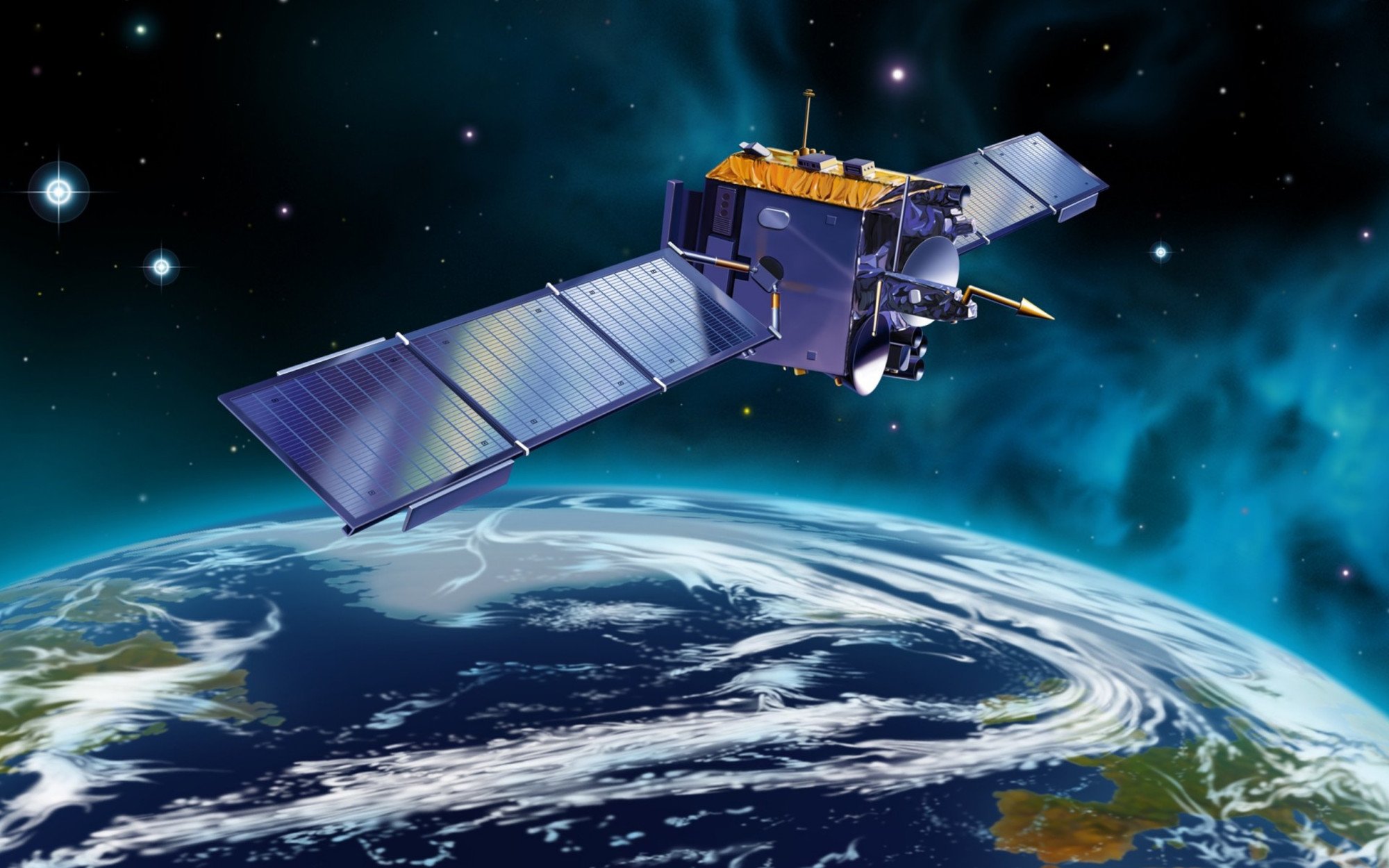Chinese researchers advance quantum simulation technology with clear and flexible system that ‘deserves to be included in textbooks’. The development will make it easier to manipulate and observe simulated quantum systems and solve intractable physics problems, they said. — SCMP
Leading quantum physicist Pan Jianwei and his team at the University of Science and Technology of China have developed an artificial quantum system that has groundbreaking implications for physics and could pave the way for fault-tolerant quantum computing.
The researchers used photons to simulate an interaction between charged particles known as the fractional anomalous quantum Hall effect, previously observed only in electrons, according to a paper published this month by the journal Science.
Several international experiments have attempted to replicate the Hall effect at the quantum level by putting specific materials through stringent conditions, including strong magnetic fields and extremely low temperatures.
The Chinese researchers developed a new quantum bit – the Plasmonium qubit – to create a clear and flexible artificial system that replicates the phenomenon at normal temperatures without magnetic fields, according to the paper.
The researchers isolated single photons – elementary particles that carry no electrical charge and are also known as quantum light – by boxing them in with a Plasmonium array, making them easier to manipulate and observe.
Chang Jin, vice-president of the Chinese Academy of Sciences (CAS), said the team’s achievement in quantum simulation is expected to have a significant impact on the development of quantum technology.
Pan, who is also a CAS academician, said the experiment “demonstrates for the first time that quantum computing can ... tackle significant issues in physics. It also significantly advances the development of fault-tolerant quantum computing”.
The study’s co-author Lu Chaoyang said the team’s work “deserves to be included in textbooks”. The researchers combined 16 Plasmonium in a 4x4 array, capable of “precisely accommodating a single photon which facilitates observation”.
In an interview with CCTV, Lu said the simulated quantum system allows for the construction of equivalent artificial gauge fields without the need for external magnetic fields.
“By precisely controlling the relative energy and connection strength between the boxes, photons within each box are compelled to start ‘dancing’ with each other, forming a unique pattern as one photon circles around another in two steps,” he said.
“One of our major goals is to explore the mysteries of quantum mechanics using entirely new methods. Based on this quantum system, scientists can create some exotic quantum states that do not exist in nature.”
Quantum simulation technology will be “an important component of the second quantum revolution”, according to state news agency Xinhua.
It is expected to be applied to simulate quantum systems that are ... challenging for classical computers, “ultimately achieving quantum computational supremacy”, Xinhua said.

Pan and his team are already global leaders in their field, building and launching the world’s first quantum satellite Mozi in 2016.
In October last year, they unveiled Jiuzhang 3, a prototype quantum computer which was the first to manipulate 255 photons and can perform specific computations billions of times faster than the world’s fastest supercomputers.
While Jiuzhang 3 is not yet applicable to the high computational demands of fields such as cryptography, weather forecasting or material design, a poster visible during the CCTV interview, revealed that its successor is in development.
According to the poster on the lab wall, Jiuzhang 4 – capable of controlling more than 2,000 photons – is expected to be unveiled this year. – South China Morning Post





